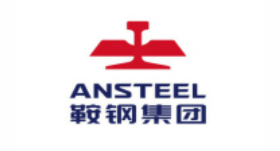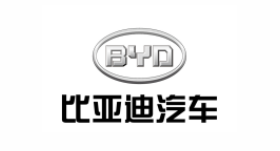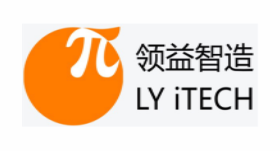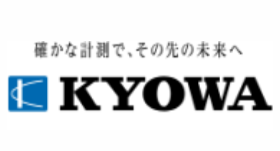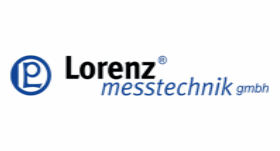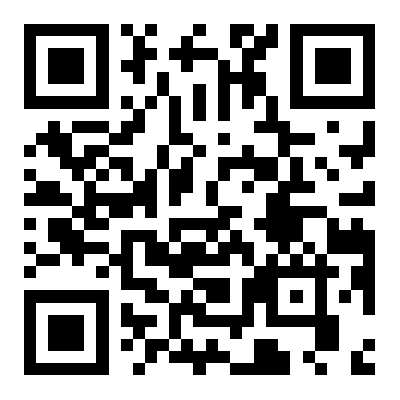The interference strain gauge consists of two very shallow grooves on a highly polished surface. These grooves are cut with diamond to depths of 4 x 10-5 inches and 5 x 10-3 inches, respectively. Coherent monochromatic light from the He-Ne gas laser incident on these grooves will produce a fringe pattern. A stripe pattern parallel to the groove forms on each side of the impact beam. The position of these patterns in space is related to the distance between the two grooves. As this distance changes, the edge changes. Measuring these fringe displacements allows one to determine the local strain of the sample.
In the measurement theory, the strain ε is given by the equation where ΔF is the average fringe offset of the two patterns, λ is the wavelength of the light, do is the initial distance between the grooves, and αo is the incident beam and the fringe pattern. The process of static measurement with interferometric strain gauge is introduced. The sensitivity of these measurements is an offset strain of 0.5% per fringe, with a maximum strain of 4%.
The method was evaluated by comparing its results with other recognized methods for measuring large plastic strain. These other technologies are: post-yield film meter, a 2-inch clip-on thickness gauge and Instron tester. Based on a comprehensive measurement of 4% strain, the average percentage difference between these techniques is less than 0.4%.
Interference strain gauges have the following characteristics: a gauge integrated with the specimen surface, a very short measuring length, relatively easy application and the ability to measure large strains.



